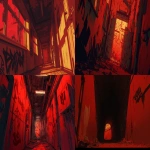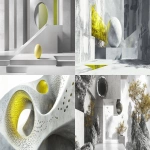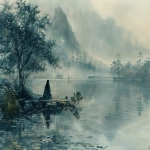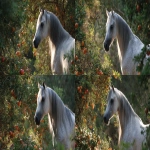Explore the Best AI Image Gallery
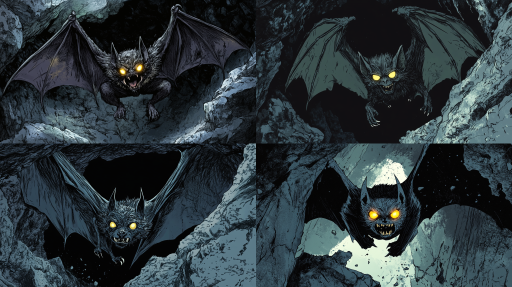
The AI Palette: A Deep Dive into the World of AI-Generated Imagery
In a world where artificial intelligence (AI) is reshaping countless industries, the realm of visual arts is witnessing an unprecedented revolution. AI, with its uncanny ability to generate images, is pushing the boundaries of creativity and artistic expression beyond human imagination.
The Creative Impact
AI-generated images are challenging the conventional definition of creativity. This sophisticated technology is creating a symbiotic relationship between human artists and AI, leading to the birth of a new artistic paradigm. For instance, generative adversarial networks (GANs) are being used to produce impressive original artwork that fetches high prices at auctions. Subsequently, artists have a novel canvas that inspires and expands their creative horizons.
Potential Uses
From individual artists to industries, AI-generated art holds enormous prospects. Industries like the fashion sector can use AI to generate unique design patterns, while the advertising sector can create customized campaign visuals based on consumer data. Simultaneously, in film and gaming, AI can play a critical role in producing intricate virtual worlds and character designs. All these applications signify that AI-generated imagery is not just an experimental art form but a powerful tool with extensive practical utility.
Ethical Considerations
The rise of AI-generated images also stirs up several ethical dilemmas. Since AI can replicate styles and elements from existing works, questions of originality, ownership, and plagiarism are prevalent. Additionally, the potential misuse of AI for creating deepfakes, altering reality in visuals, could have serious consequences, necessitating the formulation of appropriate ethical and legal frameworks.
The Future
Looking ahead, AI-generated images are set to evolve with advancements in AI and machine learning. As these technologies become more nuanced and sophisticated, the quality and depth of AI-generated images are likely to improve, pushing the artistic potential to unfathomable heights. However, this only underscores the urgency to address the aforementioned ethical concerns.
In conclusion, the world of AI-generated imagery is an intriguing mix of unprecedented creativity, broad practical applications, complex ethical issues, and exciting future trends. As we delve deeper into this digital art revolution, one thing is certain: this technology is changing our perception of art and its creation, blending the lines between human and machine-mediated creativity.
](https://images.ai-img.art/thumbnails/150/ed631f35091268316da1950d8f24949cf71c41220d75ddecc89232e1c28f3653.webp)

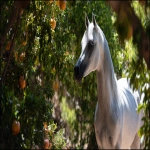
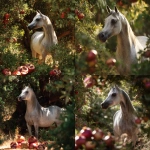
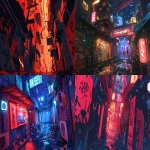
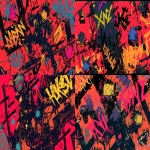
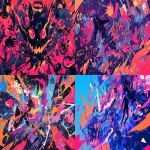
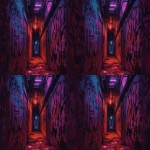

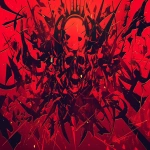

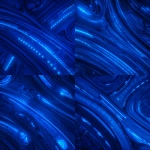

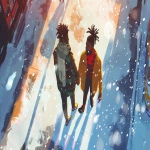
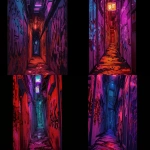


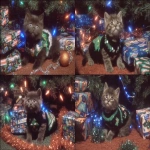
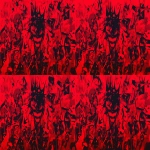

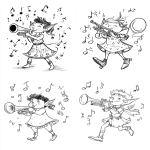
](https://images.ai-img.art/thumbnails/150/4dfe5499f7f4f9e5aa1613199c58710634f2cba5f57ac7e6717c1d56a9864e1a.webp)
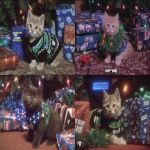
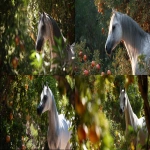



](https://images.ai-img.art/thumbnails/150/e407417f3921a9491278afc6484ec26f3ae374d4543e1a56898e8bcb1e41a0da.webp)
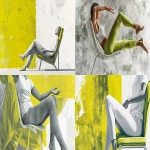
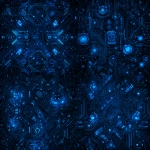
](https://images.ai-img.art/thumbnails/150/56d08b81b5991eca46f50c80b41db4e9ac06c775cbbf5138ea0734d93390316a.webp)
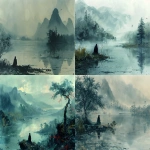
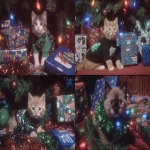
](https://images.ai-img.art/thumbnails/150/baf01e7f997f5bc030aa10831575d8b879a4a6755830df4bcd3dcc93346ef1dd.webp)
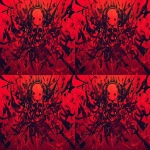
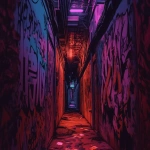
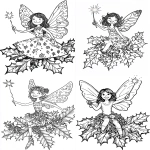
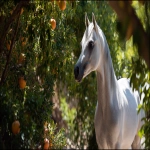
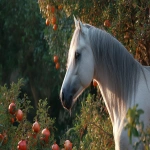

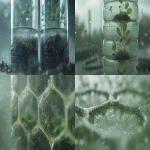
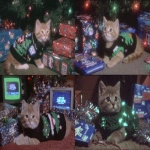
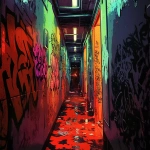
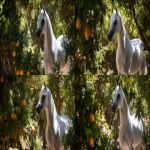
](https://images.ai-img.art/thumbnails/150/fd852e87169bf2f63982b31f7f16a8fa335d75d9536fd48c2b87c7d4b035fa7c.webp)
